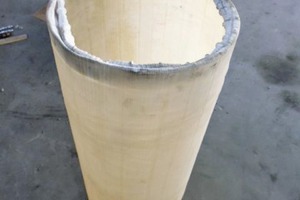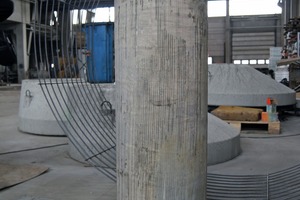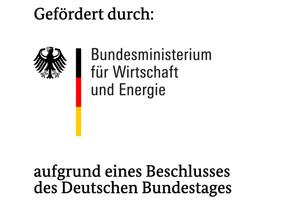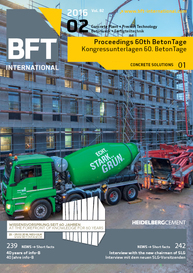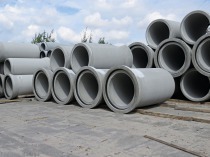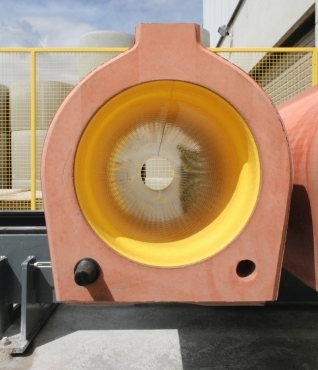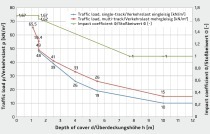Textile-cover reinforcement of concrete and reinforced-concrete pipes
Pipelines are used for the economical transportation of a wide variety of different media. Tightness and hydraulic or pneumatic performance are needed for them to maintain their operational safety over extended periods of time. In addition, they must be able, over their entire lifespan, to withstand stresses as they occur, for example, during the construction of new pipeline systems.
Excavators are usually employed for the civil works and the actual pipe-laying process. Pipes with a nominal diameter of DN 2000 or larger require the use of special lifting equipment due to the high masses of the...

